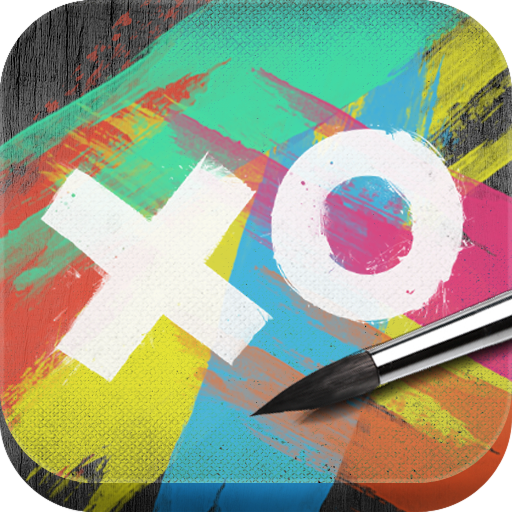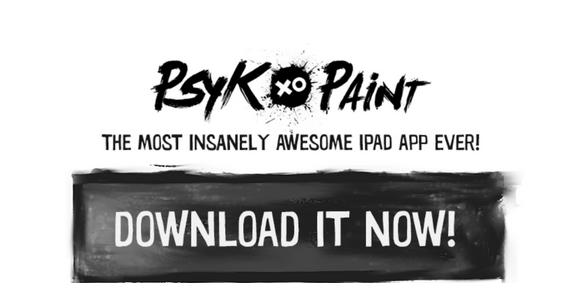

The Webink brush is one of eight free brushes that come with deviantArt muro. It feels similar to the procedural brushes used on another free Web-based drawing tool, Harmony.

For example, the default brush you start off with isn’t a basic paintbrush (à la Microsoft Paint), but a brush called Webink which makes it easy to create shading by linking your strokes with a web of fine lines. deviantArt muro does not offer as many brushes as free Web-based paint application Psykopaint, but it does make some interesting choices. You don’t need a deviantArt account to start using Muro, but you do need a free account to save your work. Muro itself was launched in 2010, but has recently received a major overhaul. In the hands of a skilled artist, deviantArt muro can be used to create stunning works of art.Muro comes from deviantArt, one of the Internet’s largest and oldest art communities, established in 2000. deviantArt muro is a free browser-based drawing tool that invites you to take your doodling online, and offers some fun brushes and an innovative way to record your work and learn from others. It’s one of those universal human behaviors instilled into us from kindergarten, or maybe from caveman times. These tabs disappear or change when you click something else in your presentation.Everybody doodles. Other such tabs include SmartArt Tools, Chart Tools, Table Tools and Video Tools. When you click a picture, the Picture Tools tab appears. In the example above, the Drawing Tools tab appears when you click a shape or text box. When you click some parts of your slides, such as pictures, shapes, SmartArt or text boxes, you might see a colorful new tab appear. Click Back to return to the presentation that you were working on. Click the File tab to open a new view called the Backstage.Ĭlick from the list on the side to do what you want to do for example, click Print to find the options and settings for printing your presentation. FileĪt one end of the ribbon is the File tab, which you use for the behind-the-scenes stuff you do with a file, such as opening, saving, sharing, exporting, printing and managing your presentation. Views allow you to look at your presentation in different ways, depending on where you are in the creation or delivery process. The Review tab lets you add comments, run spell-check, or compare one presentation with another (such as an earlier version). On the Slide Show tab, set up the way that you want to show your presentation to others. Note that you can see many possible animations in the gallery in the Animation group, and see more of them by clicking More.

Use the Animations tab to choreograph the movement of things on your slides. Find a gallery of the possible transitions in the Transition to This Slide group – click More at the side of the gallery to see all of them. Set up how your slides change from one to the next on the Transitions tab. On the Design tab, you can add a theme or color scheme, or format the slide background. This includes pictures, shapes, charts, links, text boxes, video and more. InsertĬlick Insert to add something to a slide. The Home tab holds the Cut and Paste features, Font and Paragraph options, and what you need to add and organize slides. Here’s a look at what you’ll find in each of the PowerPoint ribbon tabs. The tools that you use to animate things on your slide would be on the Animations tab. For example, to make your slides look better, look for options on the Design tab. The ribbon tabs group tools and features together based on their purpose. Click those to open the dialog box related to that function – the launcher on the Font group, for example, opens the Font box, where you set effects such as strikethrough, superscript, or character spacing. You might also notice launchers at the corner of some of the ribbon’s groups – like in the Clipboard and Font groups. When you see a feature with an arrow, you can click it to get more information or options. When you go to a tab, the ribbon for that tab opens and you can see the tools and functions that were formerly in menus and toolbars in earlier versions of PowerPoint.

When you open a PowerPoint document, the ribbon appears as a row of labels, or what we call tabs.
#Toolbar psykopaint how to#
Let’s first look at how the ribbon works, and then how to find where the features you want might be. They’re all now in the ribbon, which is a kind of menu that organizes them in a visual way. Even though more recent versions of PowerPoint look quite different than earlier versions, the commands and functions that you're used to are still here.


 0 kommentar(er)
0 kommentar(er)
